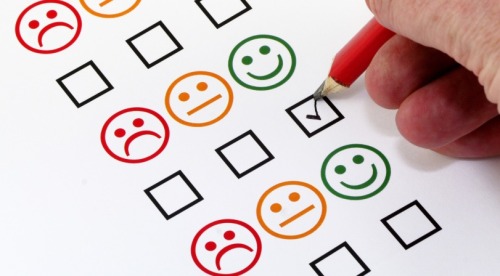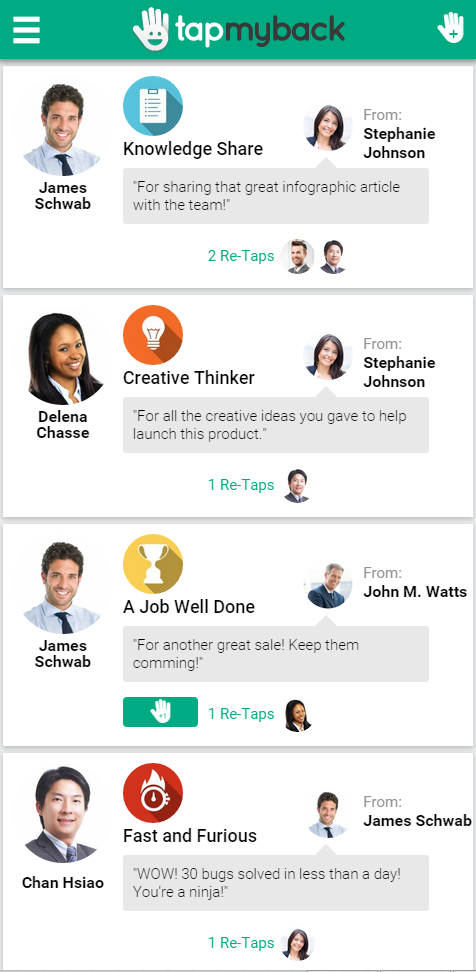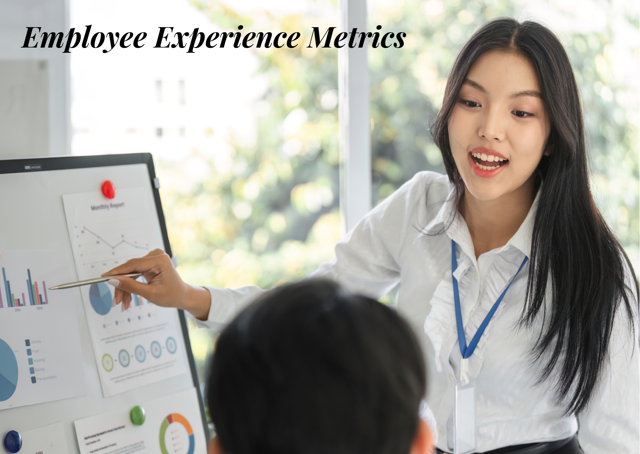How to Measure Employee Engagement and How to Use that Information?
2022-10-10
You need to know how to measure employee engagement and also how to use that information in the best way for your team and for your company it's essential.
Several studies and opinion-makers emphasize the importance of measure employee engagement from different angles. In some cases, the question in order is the negative impact on talent retention and turnover of low levels of recognition and engagement of employees. In other cases, the focus is on the costs of disengagement or the benefits of engagement to business.
Despite the consensus about the importance of employee engagement, how can we measure it? Measuring engagement does not necessarily depend on complex techniques and technologies. As shown by the biologist Jacob Von Uexkull, any living creature, humans included, is gifted with a system of interpretation and a set of sensors perfectly fitted to interact and give meaning to the surrounding world. By observing our co-workers postures and gestures, or by paying attention to their words or tone of voice, we are able to sense their motivation or their satisfaction levels.
Yet, it is impossible to pay attention to all co-workers all the time, especially those working somewhere else. In addition, modern techniques and technologies may improve the precision of the analysis and help discover new explanations for many questions. The purpose of this article is to show how to measure engagement with digital tools and its utility. Our intent is not to establish a standard of engagement metrics, but to illustrate our experience at COmon, a marketing agency, an experience possibly useful to other organizational contexts.
Our need to measure engagement popped up when we were trying to solve an internal problem. Some years ago, we were growing fast and our workplace culture was paying the price. We were too focused on delivering, and our levels of engagement were not the same as before. After some research and based on the advice of human resources specialists, we discovered that we needed to improve peer-to-peer recognition. As a company in the digital business, we decided to develop an application with social networking and gamification features to praise and evaluate colleagues in real time. Additionally, we wanted something simple, quick, effective, accurate and fun. Following these guidelines, some of the traditional practices to enhance and evaluate engagement (e.g. surveys or polls, or annual performance reviews) were out of the question. In alternative, we developed an integrated system that combined real-time recognition with engagement metrics. Tap My Back allows colleagues to give badges (taps) to one another and endorsing those badges (re-taps) according to their performance or attitude. This activity shows on a public news feed visible to everyone.
We defined two main indicators to measure collective and individual engagement: a quantitative, i.e. an intensity indicator, and a qualitative indicator. The analysis is completed by crossing both indicators and adding the time variable.
Intensity refers to the level of interaction on the application. The more badges (taps and re-taps) given and received, that is, the more the expressions of appraisal, the greater the workplace cohesion should be. We can observe intensity over time and interpret it according to the respective context. For instance, we noticed that breaks in interaction were associated to the pressure of tight deadlines, not necessarily to lack of engagement. After accomplishing the deadlines, the numbers of appraisal went back to normal.
Badges define the quality of interaction. Each type of badge represents a type of recognition (i.e. value or behavior) given and received by co-workers. By crossing this information with the number of taps, we are able to relate the frequency of a certain value or behavior (e.g. knowledge share, fast and furious, a job is well done, creative thinker) to a person, a team, a department or the whole company.
This analysis allows team leaders or managers to know the better individual and collective strengths and weaknesses. This represents an opportunity to improve this or that skill through training, incentives or a simple conversation. At the same time, we can measure what people value the most (i.e. the kind of behavior that co-workers reward the most). Better knowledge on teams and individuals’ values allows getting the best out them. Crossing both indicators is also useful to understand the circles of influence. In other words, individuals who receive more taps in this or that domain (i.e. different badges) are the ones who inspire the most who expresses appraisal. For us, this information is interesting but requires no particular action.
In addition, each individual receives a weekly report regarding his or her «performance». By being aware of his strengths or weaknesses, individuals can be more proactive in adapting to the requirements of their professional context. The time variable allows seeing individual and collective evolution in each domain. Finally, these metrics can be compared to the course of business.
So far, the results have been encouraging. We were able to increase the levels of engagement by measuring it and by acting on what needed to be improved.
Bottom line, being sensitive to engagement is a good starting point to change a workplace for the better. However, it is much easier to do it if you are equipped with the right tools.
See More Posts
Employee Engagement Trends 2026: What to Watch | Tap My Back
In 2026, organizations must move beyond annual surveys and fragmented tools toward continuous listening, real-time recognition, and integrated engagement platforms like Tap My Back that enable timely action and stronger workplace connection.
Platform
Features
Tap My Back @2025. All rights reserved.






